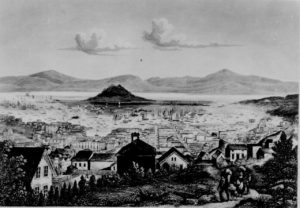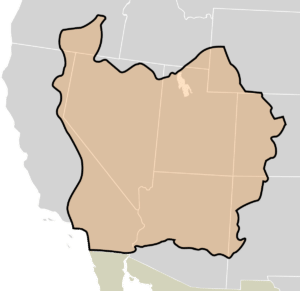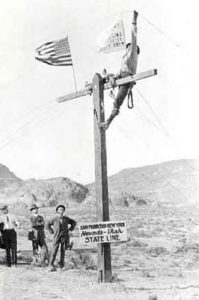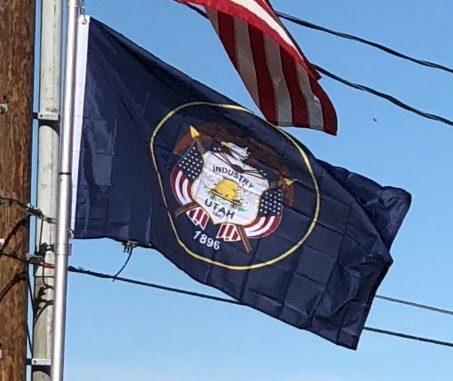
Disputes between the Mormon inhabitants and the U.S. government intensified due to the practice of plural marriage, or polygamy, among members of The Church of Jesus Christ of Latter-day Saints. The Mormons were still pushing for the establishment of a State of Deseret with the new borders of the Utah Territory. Most, if not all, of the members of the U.S. government opposed the polygamous practices of the Mormons.
Members of the LDS Church were viewed as un-American and rebellious when news of their polygamous practices spread. In 1857, particularly heinous accusations of abdication of government and general immorality were leveled by former associate justice William W. Drummond, among others. The detailed reports of life in Utah caused the administration of James Buchanan to send a secret military “expedition” to Utah. When the supposed rebellion should be quelled, Alfred Cumming would take the place of Brigham Young as territorial governor. The resulting conflict is known as the Utah War, nicknamed “Buchanan’s Blunder” by the Mormon leaders.

In September 1857, about 120 American settlers of the Baker–Fancher wagon train, en route to California from Arkansas, were murdered by Utah Territorial Militia and some Paiute Native Americans in the Mountain Meadows massacre.
Before troops led by Albert Sidney Johnston entered the territory, Brigham Young ordered all residents of Salt Lake City to evacuate southward to Utah Valley and sent out a force, known as the Nauvoo Legion, to delay the government’s advance. Although wagons and supplies were burned, eventually the troops arrived in 1858, and Young surrendered official control to Cumming, although most subsequent commentators claim that Young retained true power in the territory. A steady stream of governors appointed by the president quit the position, often citing the traditions of their supposed territorial government. By agreement with Young, Johnston established Camp Floyd, 40 miles away from Salt Lake City, to the southwest.
Salt Lake City was the last link of the First Transcontinental Telegraph, completed in October 1861. Brigham Young was among the first to send a message, along with Abraham Lincoln and other officials.

Because of the American Civil War, federal troops were pulled out of Utah Territory in 1861. This was a boon to the local economy as the army sold everything in camp for pennies on the dollar before marching back east to join the war. The territory was then left in LDS hands until Patrick E. Connor arrived with a regiment of California volunteers in 1862. Connor established Fort Douglas just 3 miles east of Salt Lake City and encouraged his people to discover mineral deposits to bring more non-Mormons into the territory. Minerals were discovered in Tooele County and miners began to flock to the territory.
Beginning in 1865, Utah’s Black Hawk War developed into the deadliest conflict in the territory’s history. Chief Antonga Black Hawk died in 1870, but fights continued to break out until additional federal troops were sent in to suppress the Ghost Dance of 1872. The war is unique among Indian Wars because it was a three-way conflict, with mounted Timpanogos Utes led by Antonga Black Hawk fighting federal and LDS authorities.
